Fire and ice. Glaciers and geysers. And on 12 August, something truly extraordinary: a total solar eclipse sweeping across the country.
Iceland’s eclipse in 2026 will plunge parts of the nation into darkness for a few precious moments – a sight worth travelling for.
Total solar eclipses happen roughly every 18 months somewhere on Earth, but they’re rare visitors to any one place. Iceland’s last total eclipse was in 1954, so this really is a once-in-a-lifetime opportunity for most of us.
If you’ll be in Iceland to catch the show, read on to find out where to go and when, for the best seats in the house. Or, if you can’t be there in person, but want to learn more, we have all the information you need.
- Epic adventures and zero hassle – that’s what awaits on these tours of Iceland
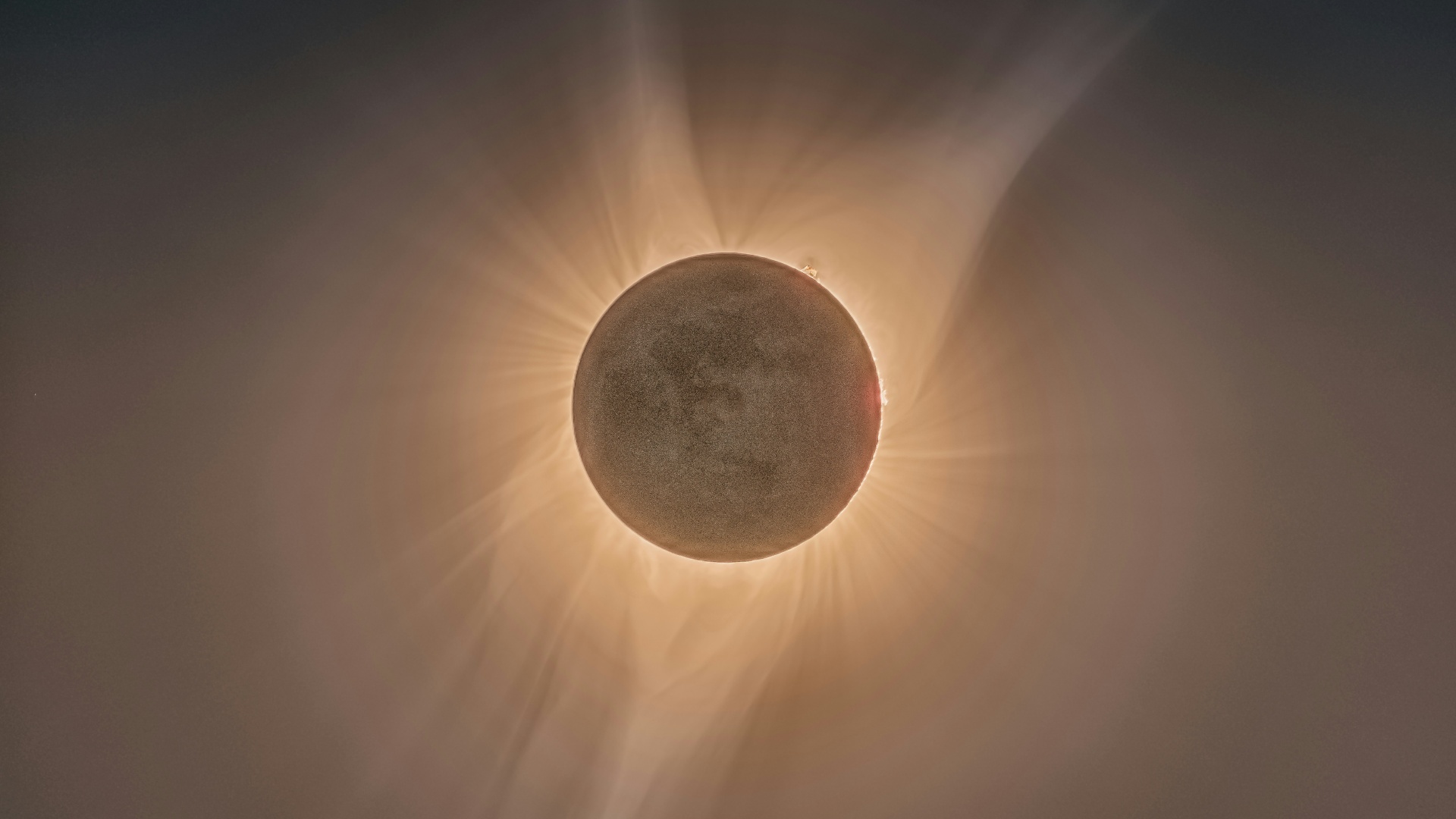
What to expect during the eclipse?
The moment the moon first touches the sun is known as first contact. It’s easy to miss without eclipse glasses, so make sure you’ve got them handy.
As more of the sun disappears, the light around you will change. Shadows become sharper, the temperature drops, and animals return to their nighttime routines.
Then comes totality. You’ll see the sun’s outer atmosphere (or the corona) glowing around the edge of the moon.
Darkness descends. Stars sparkle. And for a few unforgettable minutes, you’ll understand why people travel thousands of miles to witness total solar eclipses.
Then, it ends as dramatically as it begins. The moon continues on its path, sunlight returns, and things go back to normal. But the memory? That’ll stay with you forever.
When is the solar eclipse in Iceland?
Mark your calendar for Wednesday, 12 August 2026.
A partial eclipse begins at about 4:45 PM (GMT) as the moon starts crossing the sun. But here’s the thing about eclipses – timings shift depending on where you are.
Although phases of the eclipse unfold over 2 hours, totality itself will last only a few moments. Those minutes when the sun disappears completely? They’ll happen around 5:45 PM, depending on where you are.
For exact timings at your chosen spot, check sites like Time and Date.
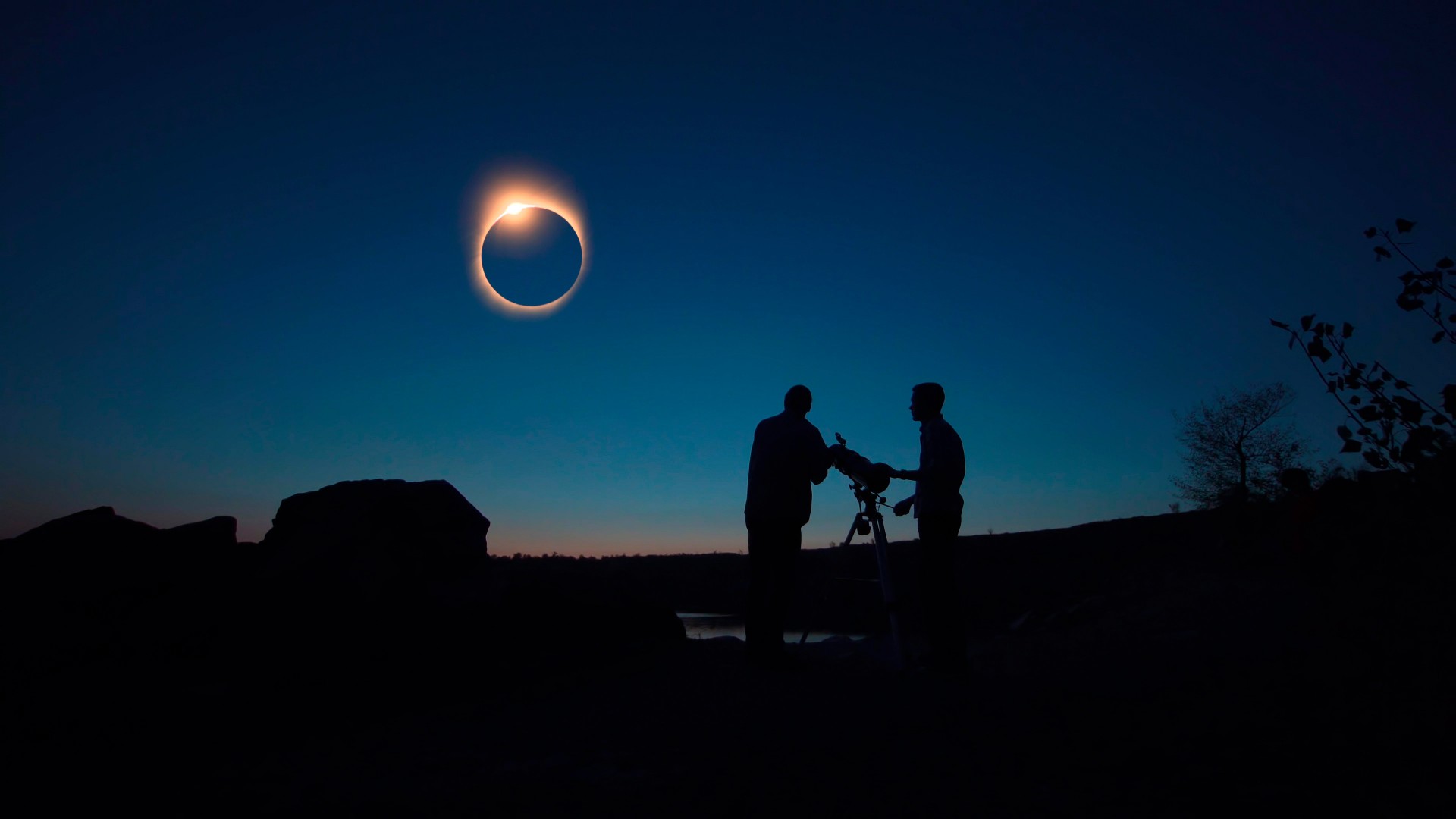
How long is the total eclipse in Iceland in 2026?
The total eclipse phase will last around 1–2 minutes, based on your location.
So it’s short – really short. But memorable. In the best viewing spots, you’ll get just over 2 minutes of total darkness when the sun disappears and the sky flips to twilight.
This might not sound like long, but during totality, it’ll feel like time slows down. It’s the kind of moment that seems fleeting and endless.
Our advice? Don’t spend too long fumbling with cameras. Instead, pause. Take it all in. The shimmer of light around the moon, that sunset glow on the horizon, the temperature drop, and the eerie silence.
Good to know: You can take your eclipse glasses off during totality – it’s safe to look at the fully covered sun. Just make sure to wear them before and after totality if you’re looking directly at the sun during a partial eclipse. Check out this guide to eclipse glasses to learn more.
- Embrace spontaneity on a self-drive tour of Iceland
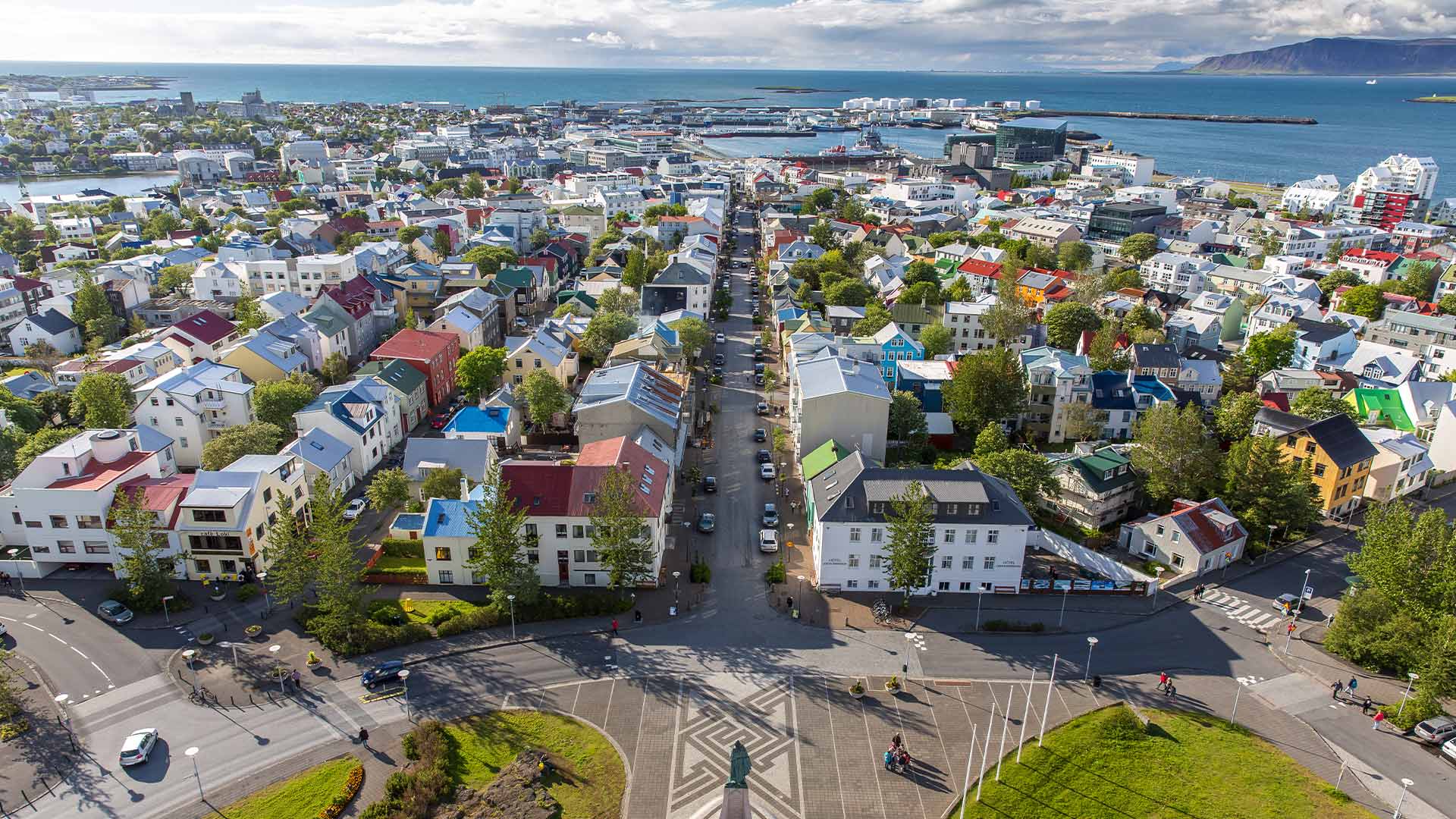
Where in Iceland will the 2026 eclipse be?
If you want to experience the total phase, where you are matters. A lot.
The 2026 total solar eclipse path is roughly 250 kilometres (155 miles) wide and crosses the west coast of Iceland. Step outside this zone, and you’ll only see a partial solar eclipse. Still thrilling, but not as spectacular as a total eclipse.
These are the 4 best places to go to see the show for yourself:
1. Reykjavík
Reykjavík sits just inside the narrow path of the eclipse, so you’ll be able to watch the sky transform from the Icelandic capital.
This means you can explore the city by day, settle into your viewing spot by late afternoon, and have dinner reservations waiting afterwards. Plus, the capital is just a 45-minute drive from Keflavík International Airport, making it really easy to get to.
City lights mean you won’t get the deepest darkness here. But Reykjavík makes up for it with its handy location, mountain views, and plenty of ways to celebrate afterwards. Retreat to a cosy bar, try new Nordic cuisine, or grab a hot dog from the renowned Bæjarins Beztu Pylsur stand.
Totality begins at 5:48 PM and lasts for around 1 minute. Just enough to feel the world pause while shadows shift and daylight briefly disappears.
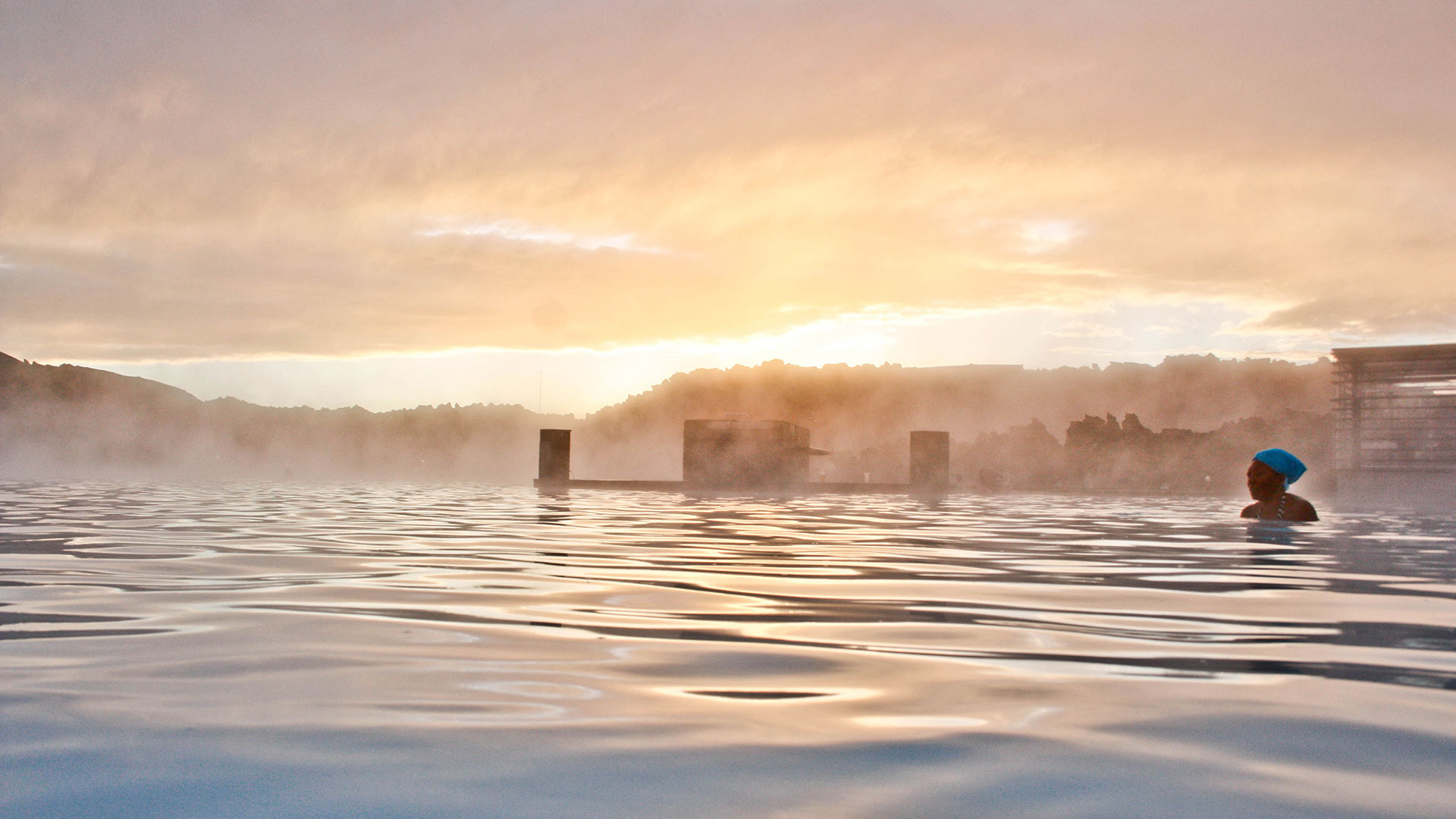
2. Reykjanes peninsula
Also in southwest Iceland, the Reykjanes peninsula is where you’ll find Reykjavík and Keflavík International Airport. Head around an hour west of the capital, and you can almost double the time totality will last.
If you’ve already planned your trip, you might have been lucky enough to secure an eclipse timeslot at the famous Blue Lagoon. Don’t worry if not though – there are lots of other great spots on the peninsula, including the Reykjanes Lighthouse.
This hilltop viewpoint has plenty of edge-of-the-world appeal, despite only being an hour’s drive from the capital. Plus, the lighthouse is where you’ll have the last chance to see the eclipse in Iceland. Here, totality will last for 1 minute and 47 seconds at around 5:50 PM.
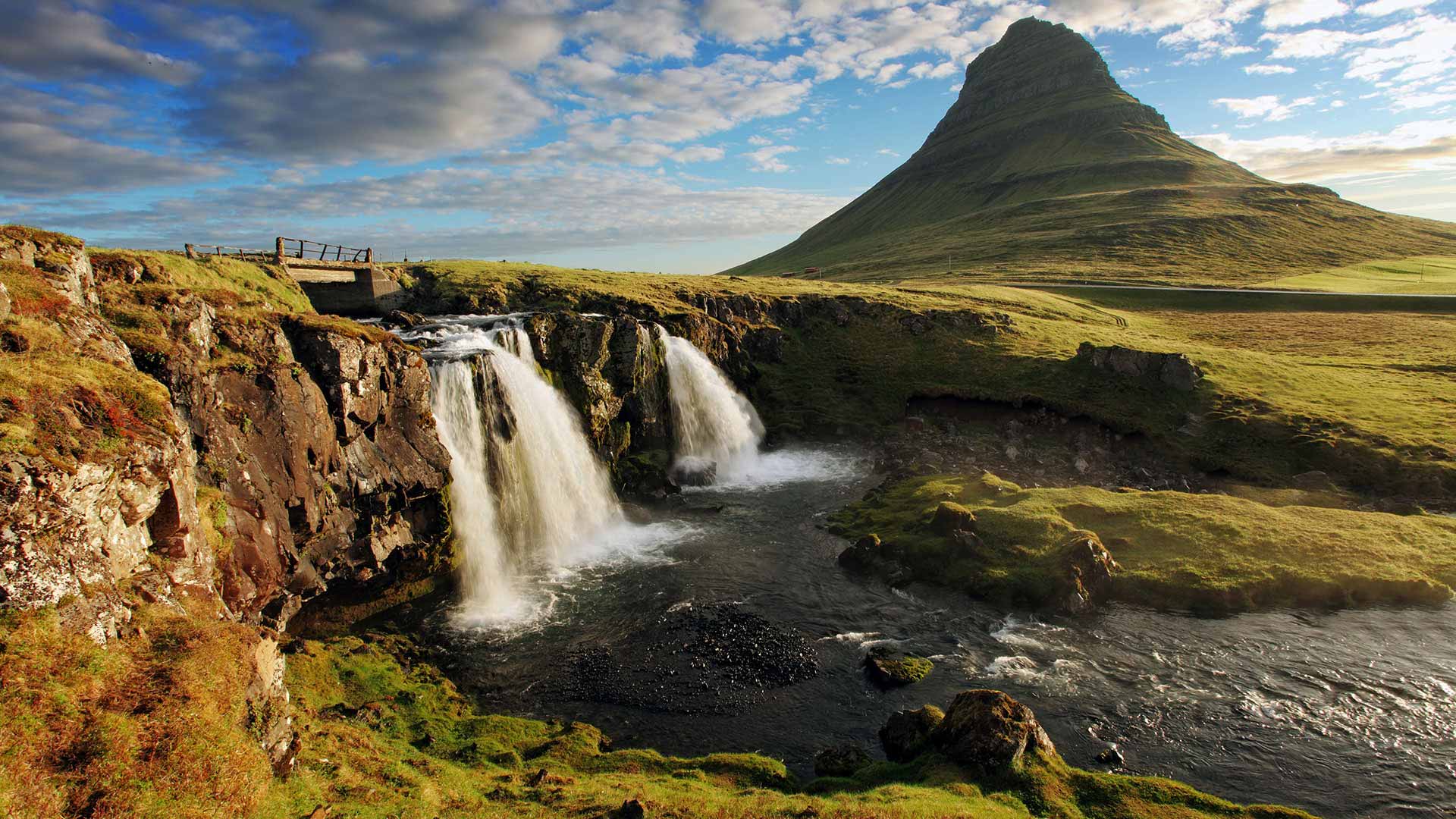
2. Snæfellsnes peninsula
Want to turn the drama up a notch? The Snæfellsnes peninsula has you covered.
A 3-hour drive north of Reykjavík will bring you to Snæfellsjökull National Park. Imagine watching the eclipse on a black sand beach beneath a glacier-capped volcano. Totality here lasts for 2 minutes 8 seconds, starting at 5:46 PM.
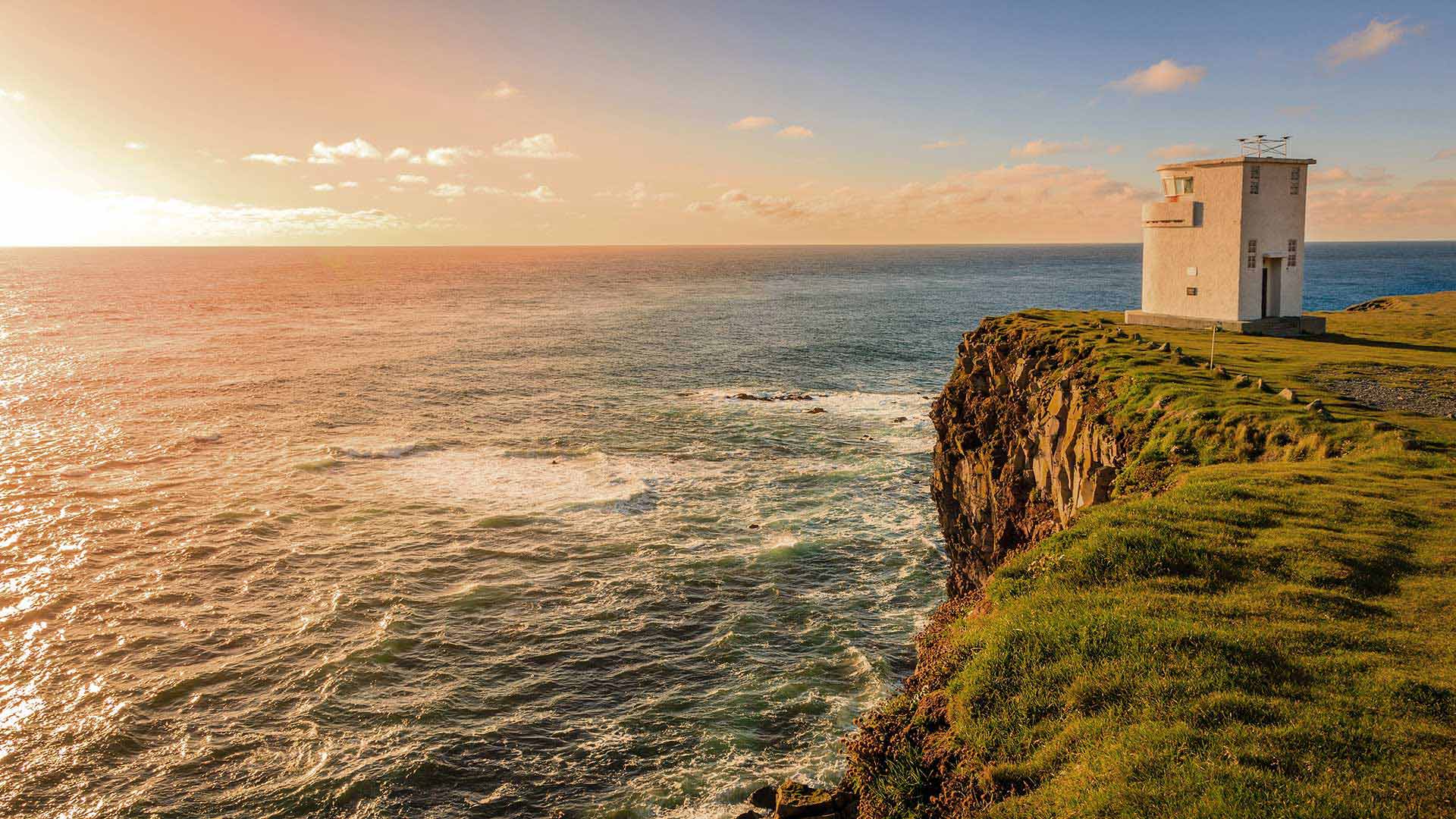
3. Westfjords
If you’re after the longest total eclipse in Iceland, head to the Westfjords – Látrabjarg and Látravík, to be exact. At 5:44 PM, you’ll experience 2 minutes and 13 seconds of darkness.
This northwesterly corner of Iceland also happens to be the most remote spot on the path of totality. But the eclipse isn’t the only reason to venture here. Stunning fjord hikes, the chance to spot Arctic foxes, and cliffs alive with seabirds are just a few of the others.
- Discover destinations like these on top-rated Iceland tours
- Related: What to do in the Westfjords
What countries will see the eclipse?
You’ll be able to see the 12 August 2026 eclipse from:
- Eastern Greenland
- Western Iceland
- Northern Spain
- Northern Portugal
Some nearby regions, such as parts of the UK and Scandinavia, will get partially eclipsed. But if you want something truly memorable, head to Iceland. It’s one of the few places where you can see the total eclipse. Plus, you’ll be surrounded by otherworldly lunar-like landscapes.
- Curious about what else is out there? Explore popular European tours
- Related: What it’s like to travel in the world’s happiest countries
When is the next total solar eclipse in Europe?
The next total solar eclipse in Europe will skim southern Spain in 2027. But there won’t be another one over Iceland for decades. There will be partial solar eclipses, but they don’t bring the same drama.
In short, this one’s special.
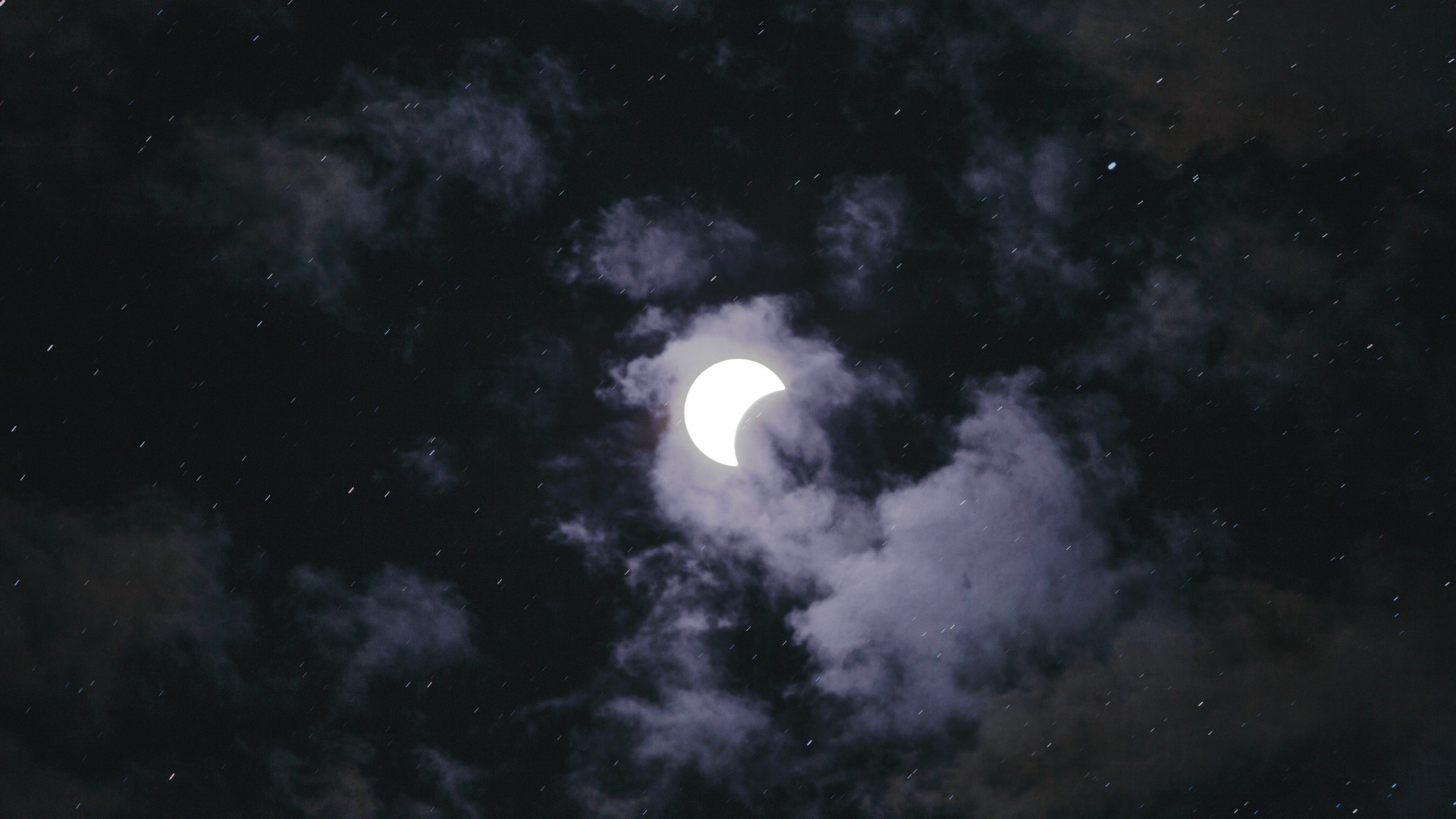
Tips for planning your eclipse experience
Whether you’ve already booked your trip or are thinking about travelling to see the Iceland solar eclipse in 2026, here are a few ways to prepare:
- Book your trip early: This will be a popular time to visit Iceland (our tour packages have already sold out for the eclipse).
- Bring certified eclipse glasses: You’ll need them to watch the event safely.
- Stay flexible: Check the weather forecast and head to the clearest region on the day.
- Pack warm and waterproof layers: The weather can change quickly.
But here’s the most important tip – it’s best not to plan your entire trip around getting a perfect view of the eclipse.
With so many other natural wonders to experience, you’ll want to give yourself plenty of time to take it all in. Plunging waterfalls, glittering glaciers, and bubbling geothermal springs are just the beginning.
- Learn more in these handy guides to the weather and packing for Iceland
- Related: Planning a trip to Iceland – Expert tips and ideas
Why you should visit Iceland – Eclipse or no eclipse
Yes, this total solar eclipse is a once-in-a-generation event. But Iceland? It’s extraordinary no matter when you visit. That’s the beauty of it – you don’t need a rare celestial event to feel like you’ve stepped into another world.
These are some of the top things to do in Iceland besides watching the eclipse:
- Drive the country’s famous Ring Road
- Chase the northern lights in winter
- Explore under the midnight sun in summer
- Get up close to sparkling glaciers on an ice cave tour
- Soak in soothing geothermal pools
- Uncover Icelandic folklore and Viking heritage
- Witness geysers erupt right in front of you
- Hike to waterfalls like Gullfoss, Skógafoss and Seljalandsfoss
- Spot breaching whales and nesting puffins on a boat trip
- Walk across volcanic black sand beaches
- Join a local guide and fellow adventure-seekers on a small group tour of Iceland
- Related: Is Iceland worth visiting?
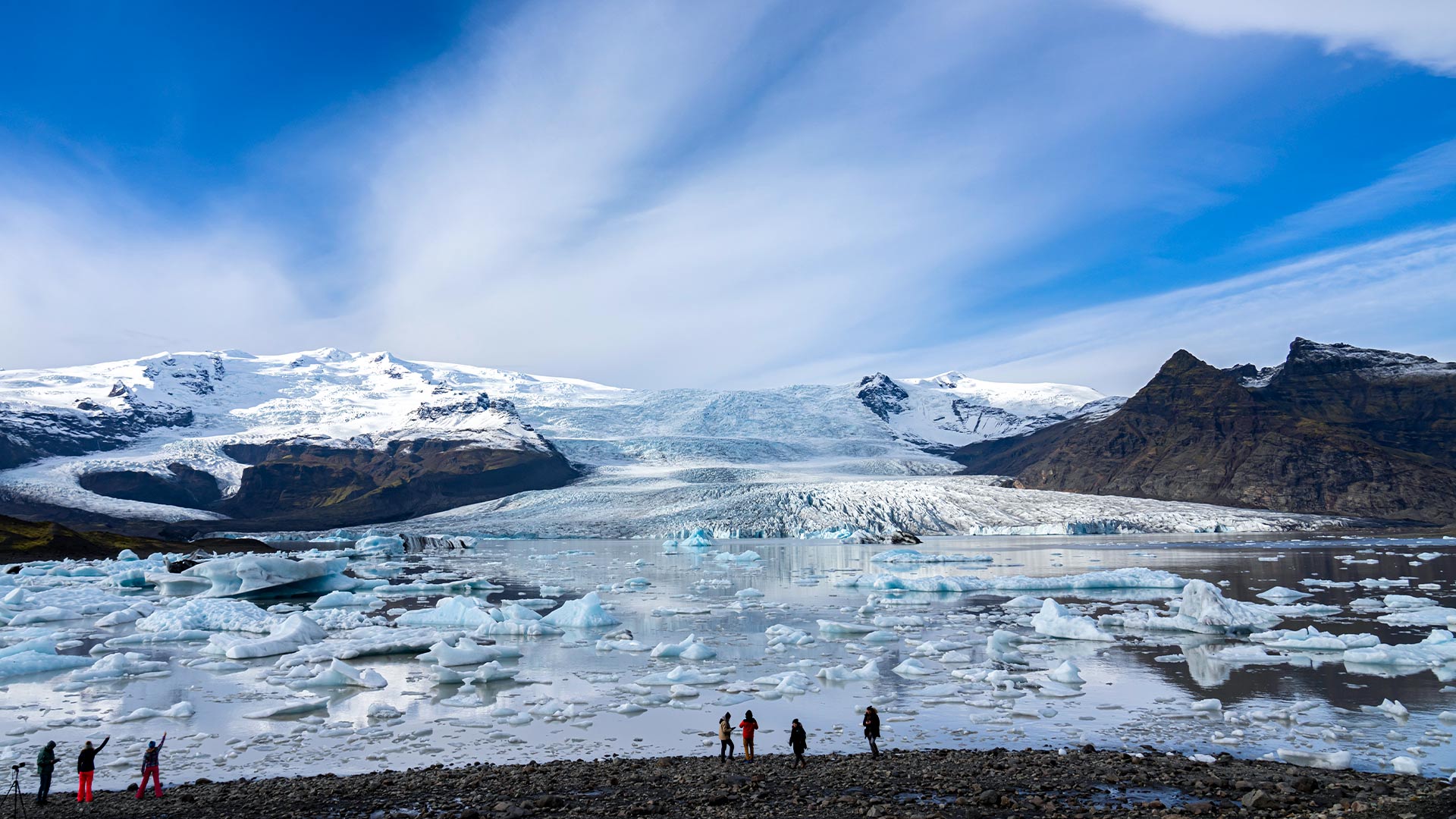
Ready to make memories in Iceland?
The 2026 total solar eclipse in Iceland gives you the chance to witness one of nature’s most awe-inspiring events in one of Earth’s most dramatic landscapes. With careful planning, clear skies, and a bit of luck, you’ll experience a moment that connects you to the cosmos.
Our Iceland tours are fully booked for the 12 August 2026 eclipse. Haven’t booked yet, or can’t make it for the eclipse? Don’t worry.
Iceland puts on a show year-round, so you don’t need to travel next August to have an unforgettable trip. Explore the Land of Fire and Ice with us on a seamless self-drive, small group, or privately guided tour.
Contact our Reykjavík-based experts to learn more and book an epic escape planned by locals.
